One of my last trips before the baby last summer was to Ohio, which is not far from where I lived for a few years as a kid. There, we visited Vertiv in two different locations, looking at both inside the data center and outside the data center solutions. One of the cool things I saw was the 600kW hydrogen fuel cell that delivered plenty of power and exhausted mostly water and water vapor.
We covered this in the video at around 10:05:
There we go into the fuel cell plus many of the other components we saw at the Vertiv training center. Still, I wanted to show this off quickly.
Vertiv Hydrogen Fuel Cell Quick Look
One of the big challenges with modern AI data centers is power. In the video, we showed the Google Maps overhead view of the Vertiv facility with a 1MW solar installation outside, and you can also see the Hydrogen Fuel Cell container in the upper left of that red box for scale. To provide power at AI scale, that 1MW is at best eight or so modern racks and will be unable to power two racks sooner than you might think if you saw our recent Substack article. Solar also has the challenge that one would need to generate enough to store overnight and when it is not performing at its peak output. Another option is to use the hydrogen fuel cells during hours that solar does not generate power.
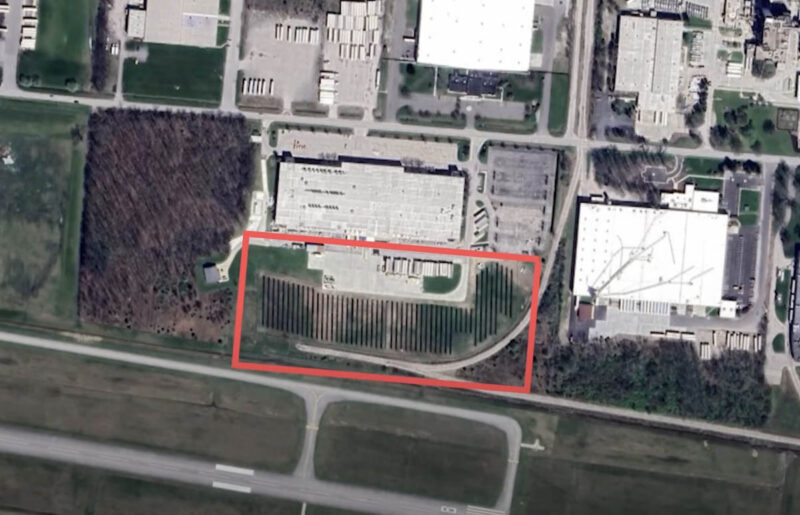
As a result, folks are looking at a number of options and one of the ideas is hydrogen fuel cells. There was a container outside of the power load testing facility that contained the fuel cells.
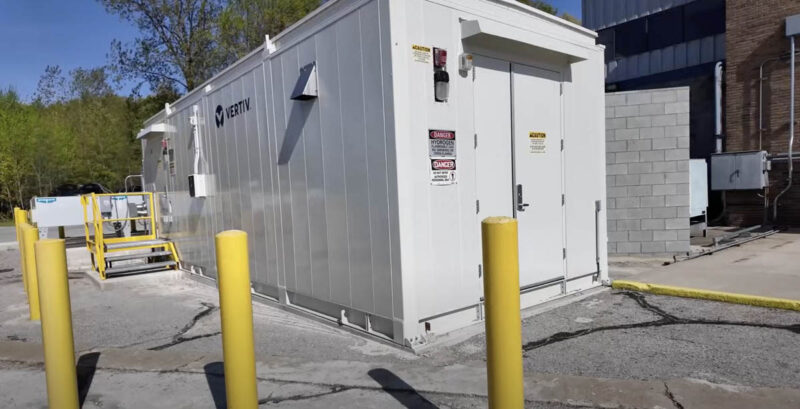
Inside, there were the fuel cells along with the safety equipment and other infrastructure to make everything work.
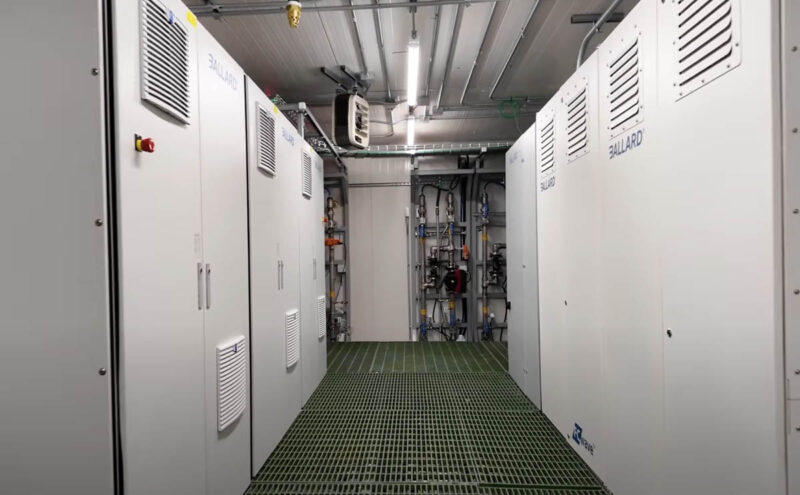
The hydrogen is stored outside and then must enter the container.
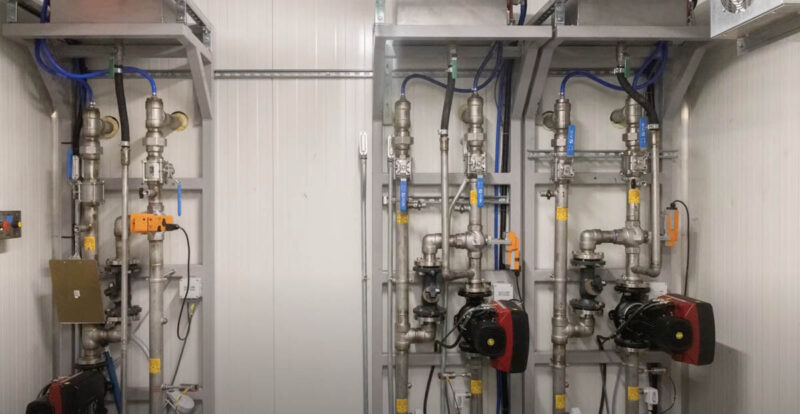
We were able to show some of the cabinet’s interior including the air intake.
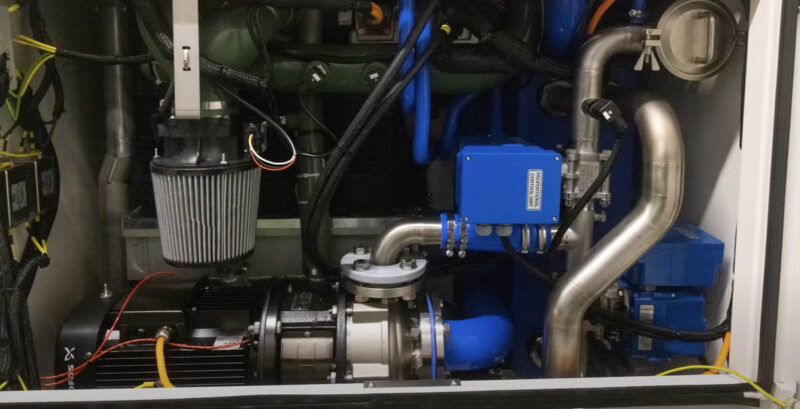
Here is the top part. It would have been cool to show inside, but sadly, we just have the metal boxes where the magic happens. Inside each of the fuel cell cabinets one can get around 200kW of power output. We were told that in the container you can get three of these for around 600kW of power output total.
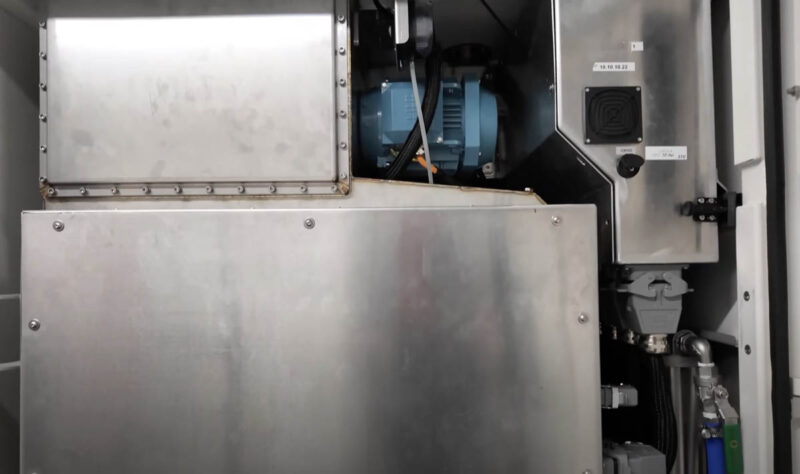
At the top, we have an exhaust. Since the output is some heat but also water vapor and liquid water, this is a relatively clean exhaust.
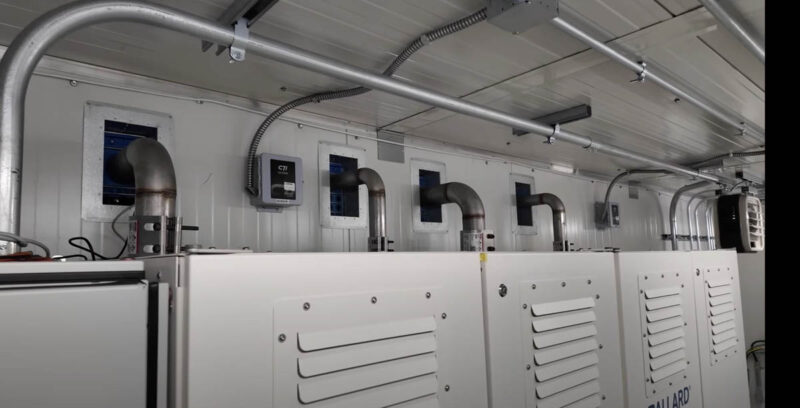
Of course, one of the challenges is the hydrogen. Outside there was also a fenced in area for two trailers so that one could feed the system while another is replaced. For those wondering, there are hydrogen pipelines in the US especially in the gulf coast of the US, and there are others internationally. Still, the hydrogen pipelines are generally more regional and also much less widespreadd than natural gas. That is one of the reasons that the natural gas power plants are common.
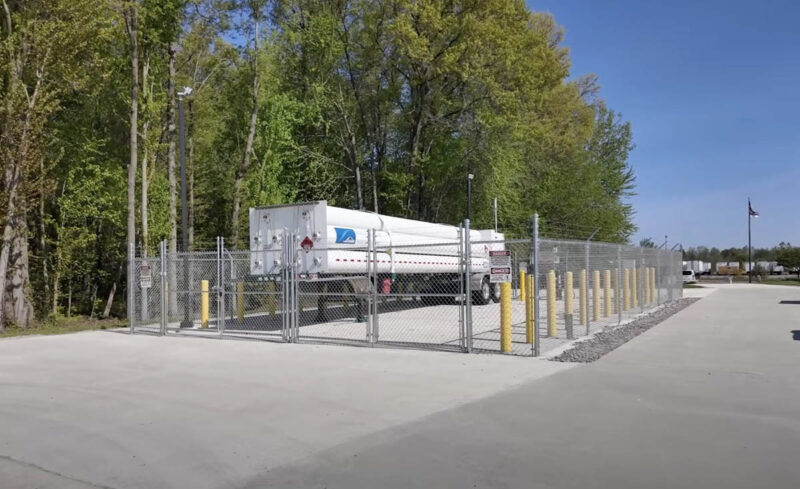
Still, this was a neat bit that we highlighted in the video, but we did not discuss much on the main site.
Final Words
Earlier this month I was giving a training session to a server vendor sales force and I was asked about hydrogen fuel cells. The individual asking a question was very passionate about hydrogen fuel cells so I at least wanted to cover them. These certainly have the ability to generate power and the AI boom has unleashed a ravenous demand on power infrastructure.
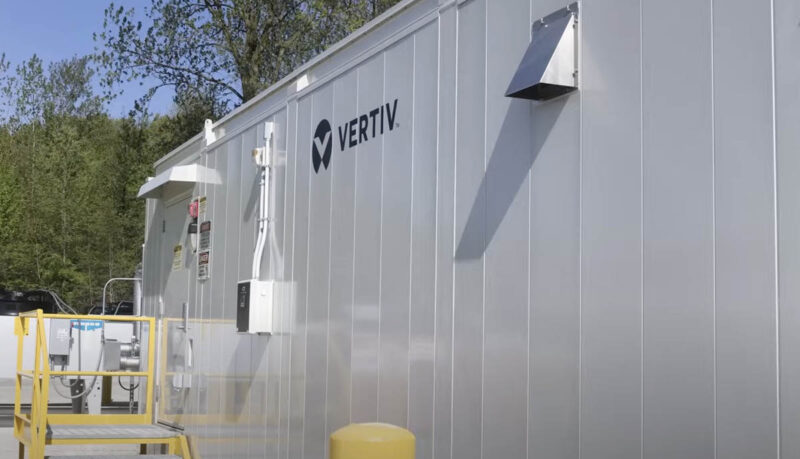
Of course, beyond the AI data centers, there are plenty of other facilities that need power, and this is not a bad option for lower-power data centers.

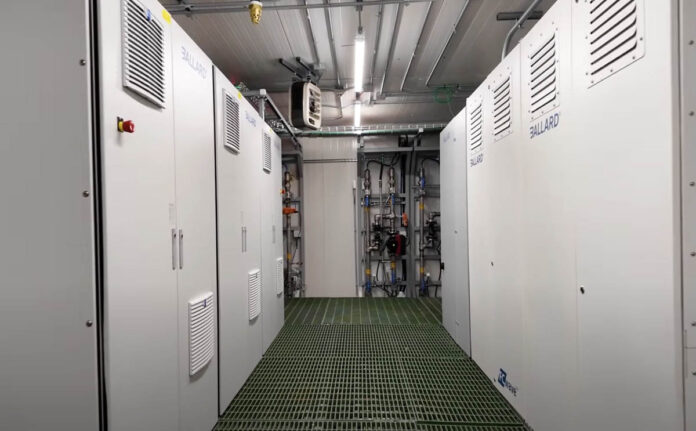



About a dozen years ago, near the beginning of my tenure as a server farmer for an HFT (High-Frequency Trading) firm based in Manhattan, the company wanted to build a faster (ie shorter) NYC area Chicago area microwave tower transmission line. (Yeah I thought that seemed retro vs fiber optic cables but my education was light on transmission speeds through various mediums.)
In Pennsylvania one proposed tower was to be on a hilltop on an Amish farm. Hmmm no electricity.
The solution was to install a fuel cell to power the installation. (I don’t remember what fuel the fuel cell used.)
…Perhaps a bit of an extravagance versus renting space on the existing line, but as FPGAs got the “tick to trade” time under 100 ns, saving a few ms on that transmission path made economic sense.
….
A decade later and a new “IT Force” compelling a computing infrastructure build out consuming perhaps several orders more in capital, I can see every possible scenario this side of gerbils in exercise wheels being used to power it.
Biggest problem with hydrogen pipelines and supply is that because hydrogen is such a small molecule there’s always leakage which can turn into a big boom very quickly if not dispersed.
So if you can produce hydrogen locally when it makes economic sense it can work well as a temporary backup or even as a way to deal with peak load. But as a long term energy generation mechanism it’s not viable as the total system efficiency isn’t that high (typical 40%) and production and storage is quite complex. Other places are using natural gas with hydrogen mixes, which can solve some of the issues while still being considered “green”.
Fantastic article. Thanks, Patrick.
From what I can see, the cases of hydrogen gas explosion have been from hydrogen storage and production facilities, not from pipelines. Hydrogen disperses very quickly because it’s a small molecule and doesn’t seem to cause large problems outside confined spaces. In that case centralized hydrogen production with distribution through pipeline might be the safest method to build out the use of the gas. In any case, of course its dangerous. So are methane, gasoline, lithium batteries, and even flour. I am skeptical it’s inherently more dangerous or less capable of pipeline transport than other fuel sources. Most likely there just needs to be experience dealing with it and proper safety standards put into place.
As far as hydrogen production, next generation nuclear reactors should produce it quite efficiently.
Any sort of full-scale energy transfer is going to take decades, unless you want to create a trillions-dollar boondoggle. The limited build-out of hydrogen infrastructure for niche purposes such as powering data centers is perhaps ideal for such a transition without creating a boondoggle. Not only can technologies and protocols be refined, but it can fail financially without failing spectacularly and triggering an economic depression. And have no doubt, the real risk of failed energy transition in terms of lost of life and livelihood is not from explosions but from economic fallout.
Depending on how the Hydrogen is produced, it can be more polluting than burning coal.
Also, generating Hydrogen is not very efficient, about 50-70%. It’s better to just use electricity from the grid.
CO2 is not a pollutant. And electricity generation is also not very efficient. Of course it’s better to use electricity from the grid. But there are problems with that, especially during a time of worry about grid reliability as wind and solar are onboarded. And dramatically increasing the load on the grid likely makes it hard for these systems to hit renewable targets. It’s possible that these data center operators think they can produce their own electricity cheaper than getting it from the grid, which is astounding to me, and perhaps shows the current state of electricity generation. They aren’t doing this to feel cool about themselves.
So yeah, it seems to me these data center operators have a few options: 1) wait around for the grid to possibly catch up (not a good business strategy the way things look right now), 2) invest in their own expensive wind and solar power along with large batteries (not very environmentally friendly in the long run and very expensive), 3) build natural gas generators (public relations nightmare in the current climate and the government might put the kibosh on that if they haven’t already), 4) build small nuclear or hydrogen fuel cell generators.
CO2 is a greenhouse gas. Methane is a more potent greenhouse gas. Both are released during hydrogen production – at least the vast vast, majority of greenhouse production today. The term ‘pollutant’ isn’t helpful here.
Hydrogen production wastes up to 50% of the electricity used. That is not helping grid reliability.
Sorry, your opinions don’t trump the facts.
Integrating fuel cells into a backup power system is complex.